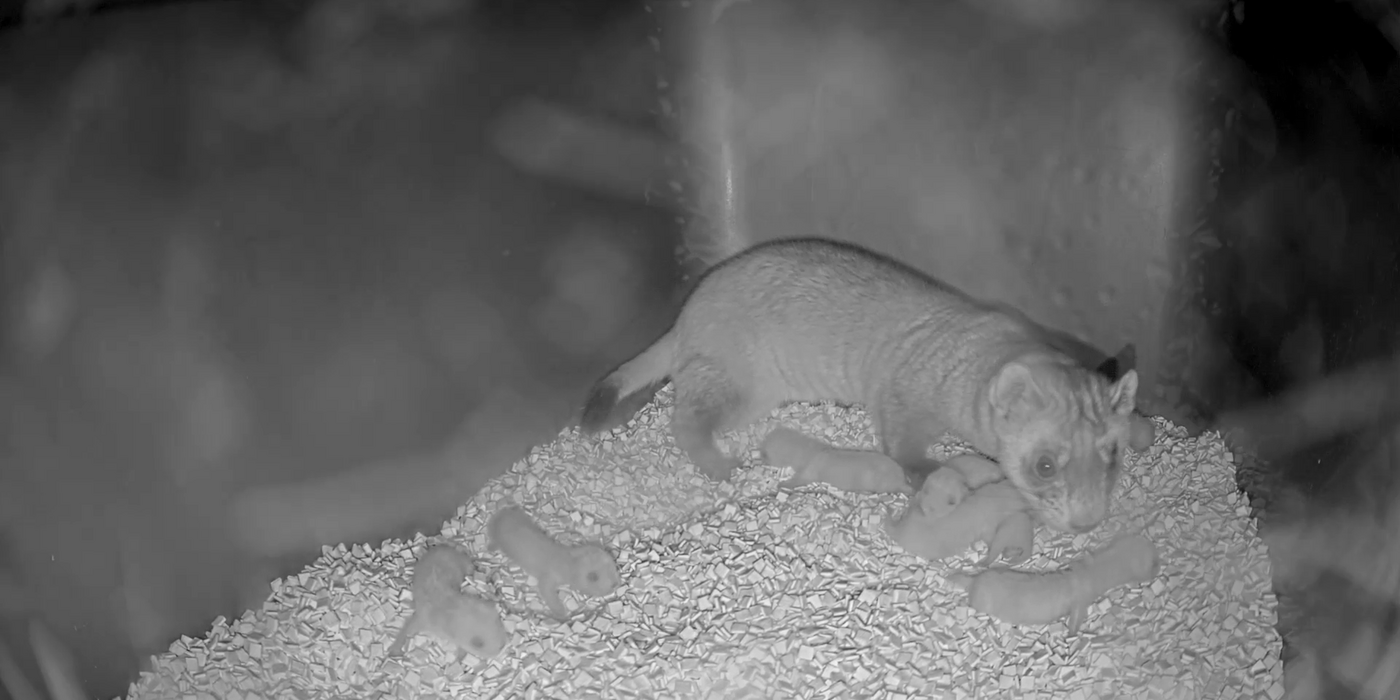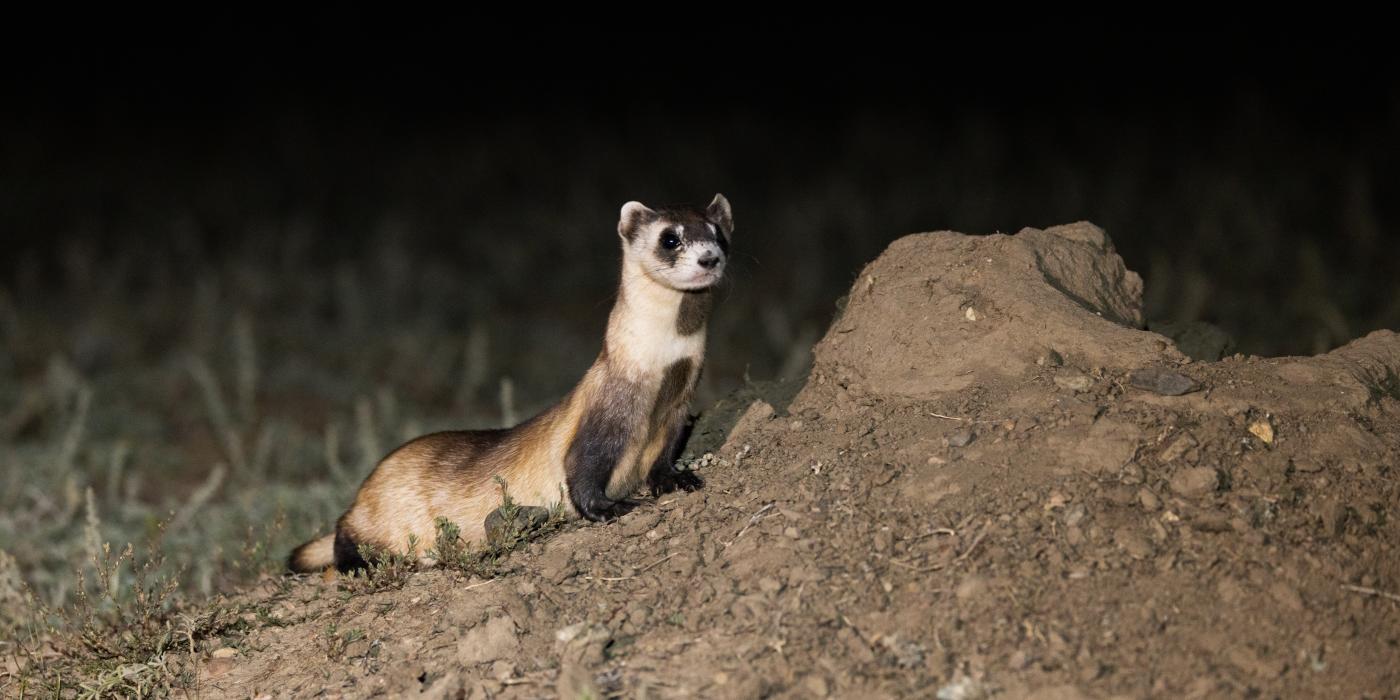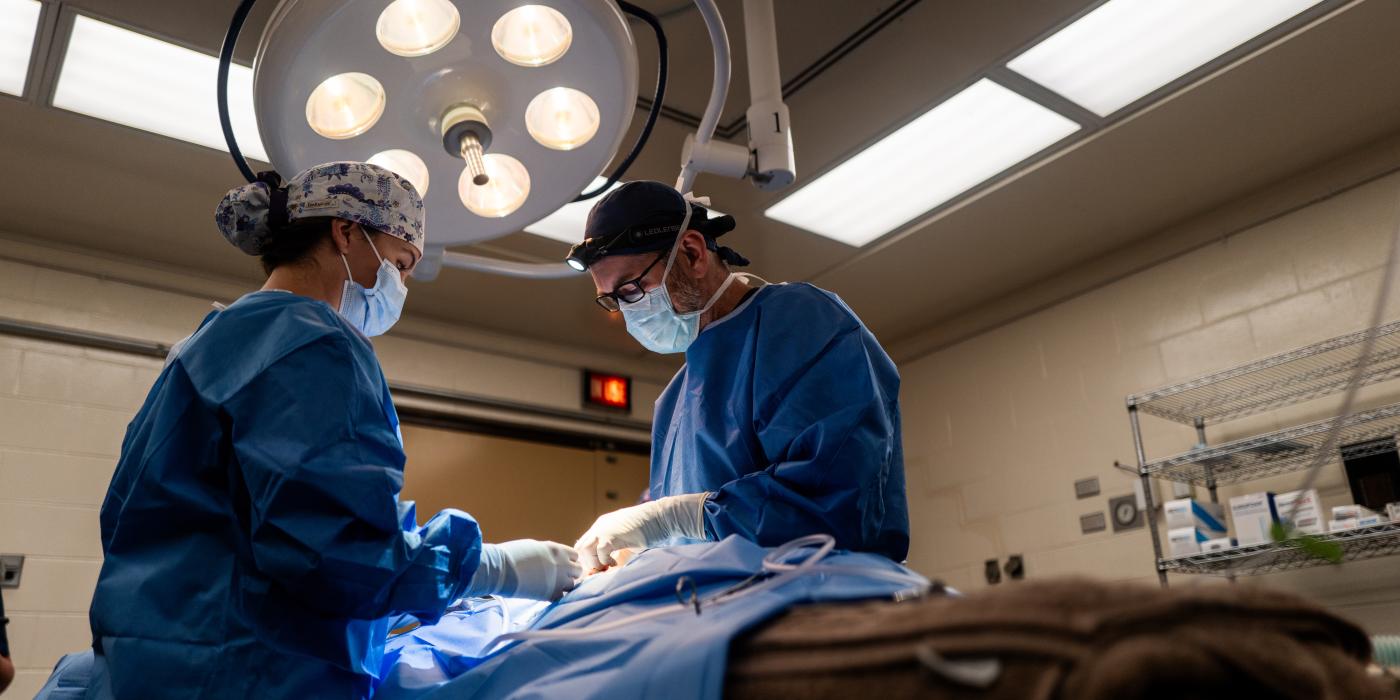Black-footed Ferret Kit Update: Six Reasons to Celebrate!
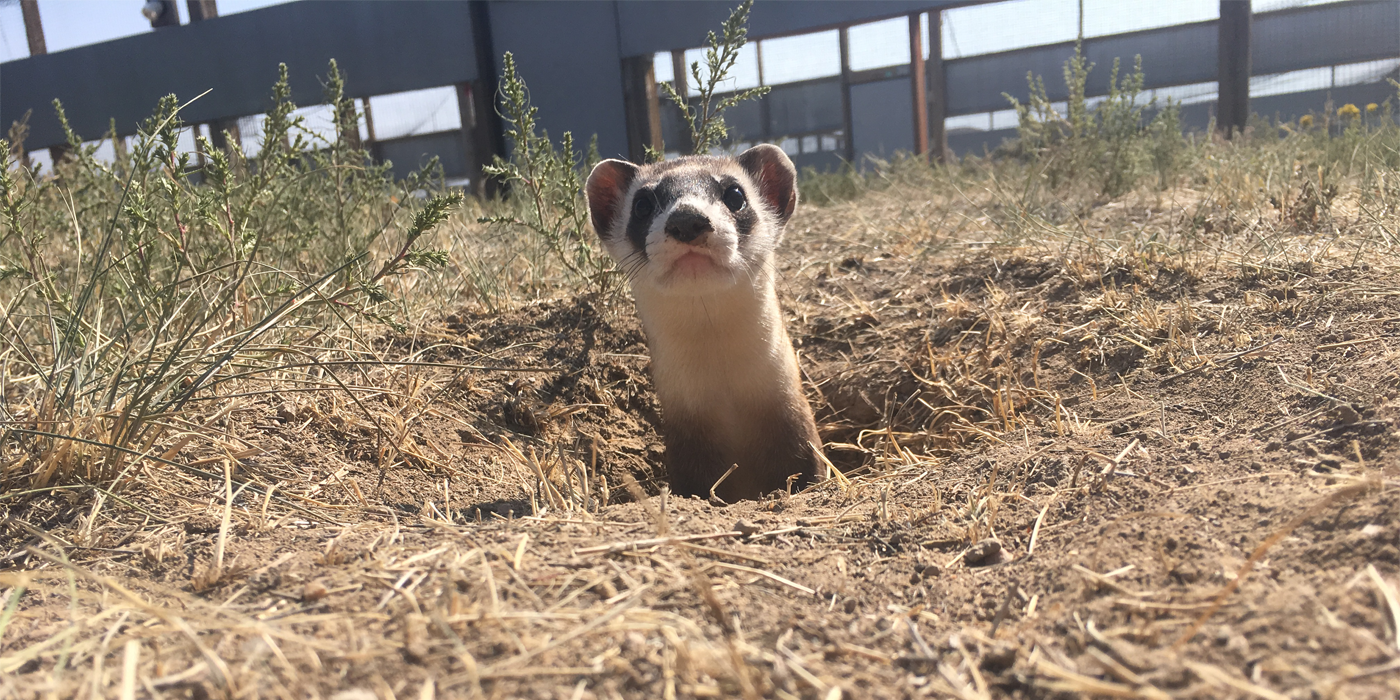
Image credit: U.S. Fish and Wildlife Service
42 years ago this week, North America’s only native ferret species got a second chance at survival.
Once widespread across the western plains of the U.S. and Canada, black-footed ferrets were thought to have gone extinct by 1979. Conservationists and scientists feared the ferrets was gone for good. However, on Sept. 26, 1981, an isolated population of this spunky species was discovered in a secluded corner of Wyoming prairie. With that exciting discovery, black-footed ferrets began their comeback — one of the most remarkable conservation stories on Earth. Carnivore curator Adrienne Crosier explains:
Throughout the spring and summer, thousands of online viewers tuned in to watch 1-year-old black-footed ferret Hickory and her kits on the Black-footed Ferret Cam. This September, on the 42nd anniversary of black-footed ferrets’ “Species Recovery Day”, carnivore keepers at the Smithsonian’s National Zoo and Conservation Biology Institute have a big reason to celebrate: all six of Hickory’s kits have been transferred to the National Black-Footed Ferret Conservation Center (FCC) in Colorado for their preconditioning program!
Every August, our team at the at Smithsonian Conservation Biology Institute (SCBI) in Front Royal, Virginia works with scientists from the Association of Zoos and Aquariums to conduct their annual genetic assessment of the entire black-footed ferret population managed in human care. During this evaluation, they discussed whether Hickory’s six kits—who were born at SCBI—should remain with us, be transferred to another breeding facility, or join the U.S. Fish and Wildlife Service’s (USFWS) preconditioning program, which prepares black-footed ferrets for their possible release into the wild.
And the results were clear: Hickory’s kits have a big opportunity to contribute to the future of their species in the wild. That’s why on Aug. 31, Hickory’s kits were transferred out of SCBI to start the next chapter of their lives! We hope they’ll do their part to help maintain a genetically diverse and self-sustaining population—two incredibly important details that help ensure the long-term survival of any animal, wild or no.
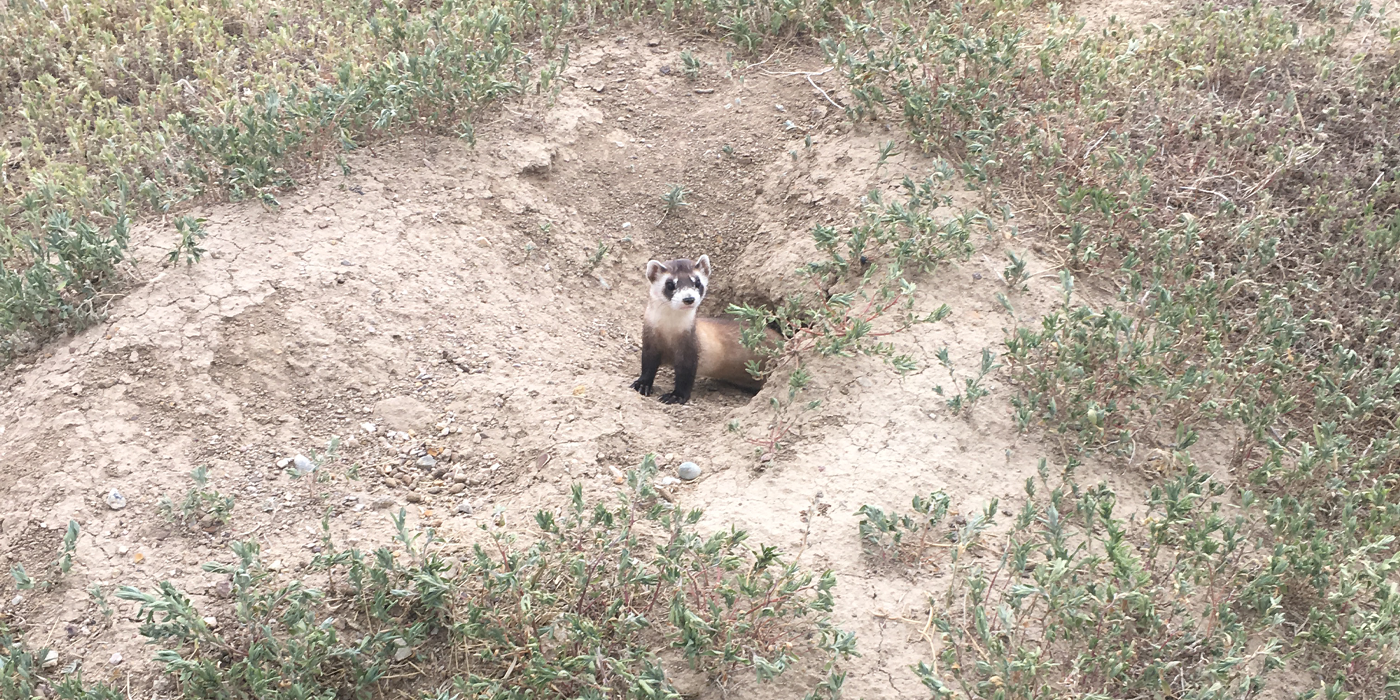
One of Hickory's kits, pictured in a burrow at a reintroduction site. Each year, black-footed ferrets are released from their preconditioning programs into various sites in the western Great Plains.
Image credit: U.S. Fish and Wildlife Service
Right now, Hickory’s six kits have begun to participate in the pre-conditioning program, which is run by the USFWS’s Ferret Conservation Center, headquartered in rural Colorado. In this program, ferret kits and their littermates are placed in large outdoor pens, where they’ll learn how to burrow, hunt prairie dogs and survive in an outdoor environment; these are the skills they’ll rely on to survive in the wild with no human intervention. Black-footed ferrets from six breeding centers in North America participate in this program.
Data show the FCC’s preconditioning program significantly increases a black-footed ferret’s chance of survival in the wild. Since 1996, all ferrets that have been released at selected reintroduction sites have gone through this management stage. As of 2023, reintroduction sites for black-footed ferrets are hosted at 30 locations in eight U.S. states, along with Canada and Mexico. Right now, 400-500 black-footed ferrets live in the wild at these reintroduction sites. Approximately 300 live in human care as part of the species' breeding population, and there are about two dozen educational ambassador animals at zoo and wildlife facilities throughout North America.
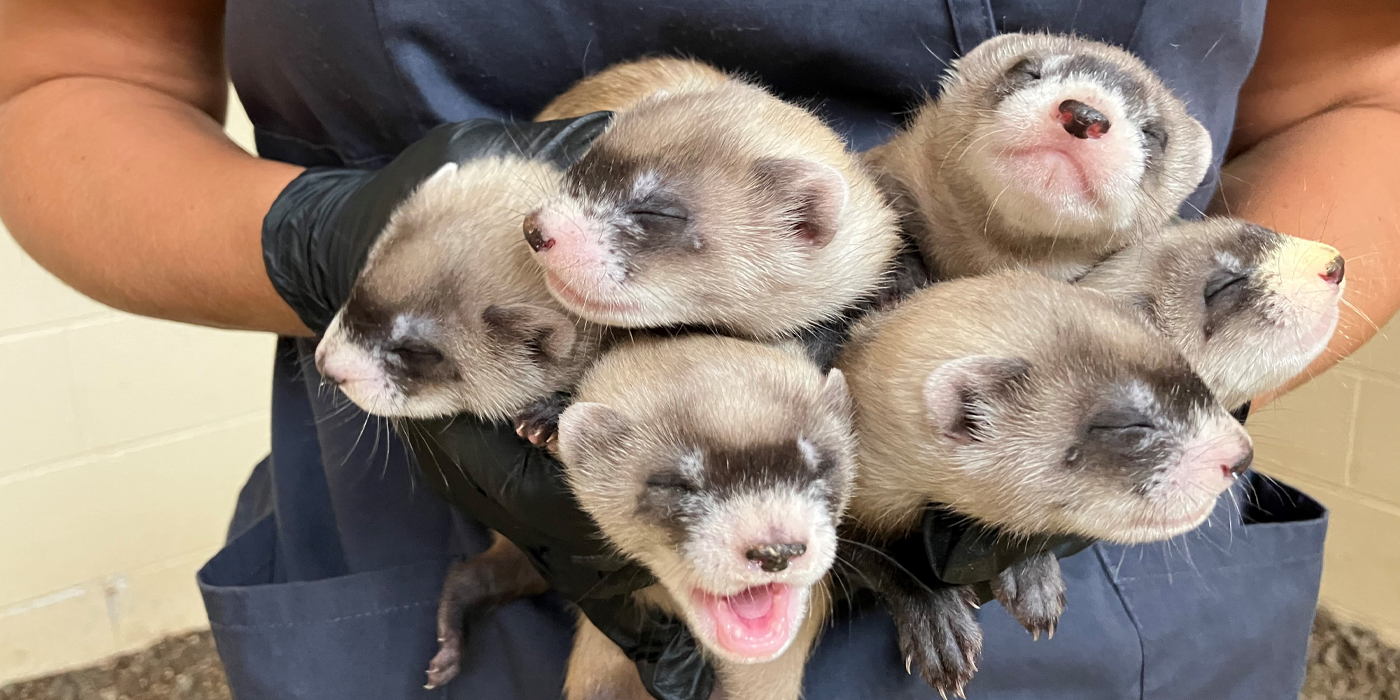
So, while it may be bittersweet to say goodbye to Hickory’s kits, it’s heartwarming knowing they’re each doing their part to ensure black-footed ferrets can thrive in the future. And SCBI had a great breeding season this year: we raised 51 ferret kits! We are so proud to be both supporting this important release effort and sending our other black-footed ferrets breeding center partners around the U.S. to continue the next generations of this amazing North American species.
We hope you enjoyed watching Hickory and the kits on the Black-footed Ferret Cam. Want to see more baby animals? Check out the Cheetah Cub Cam your daily dose of cuteness.
Related Species:

